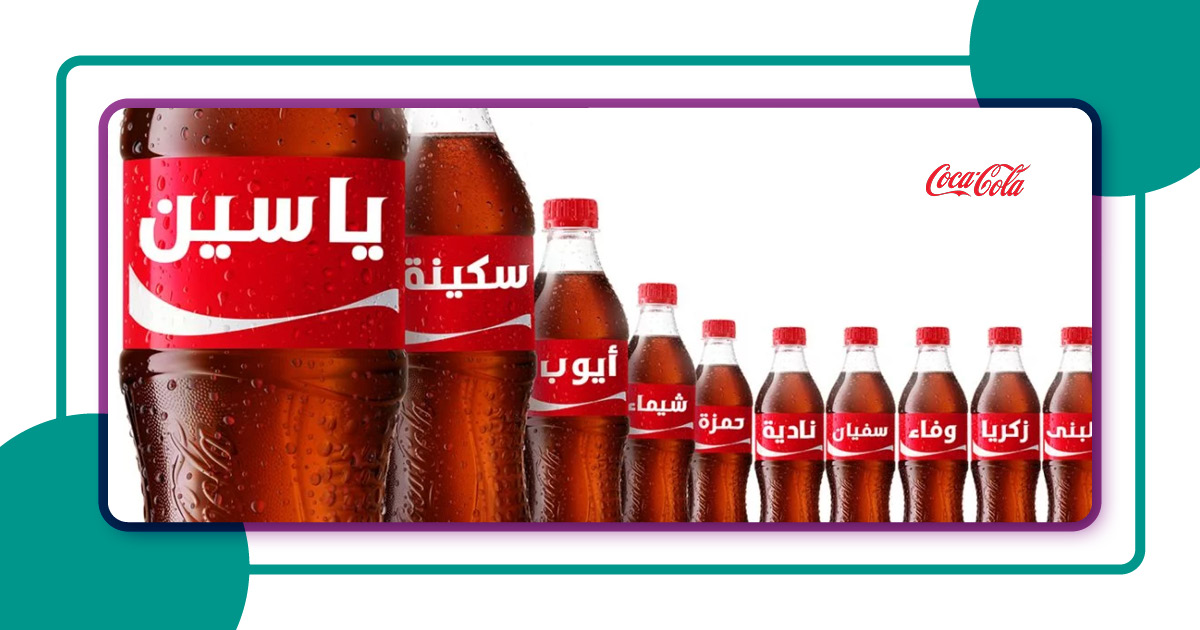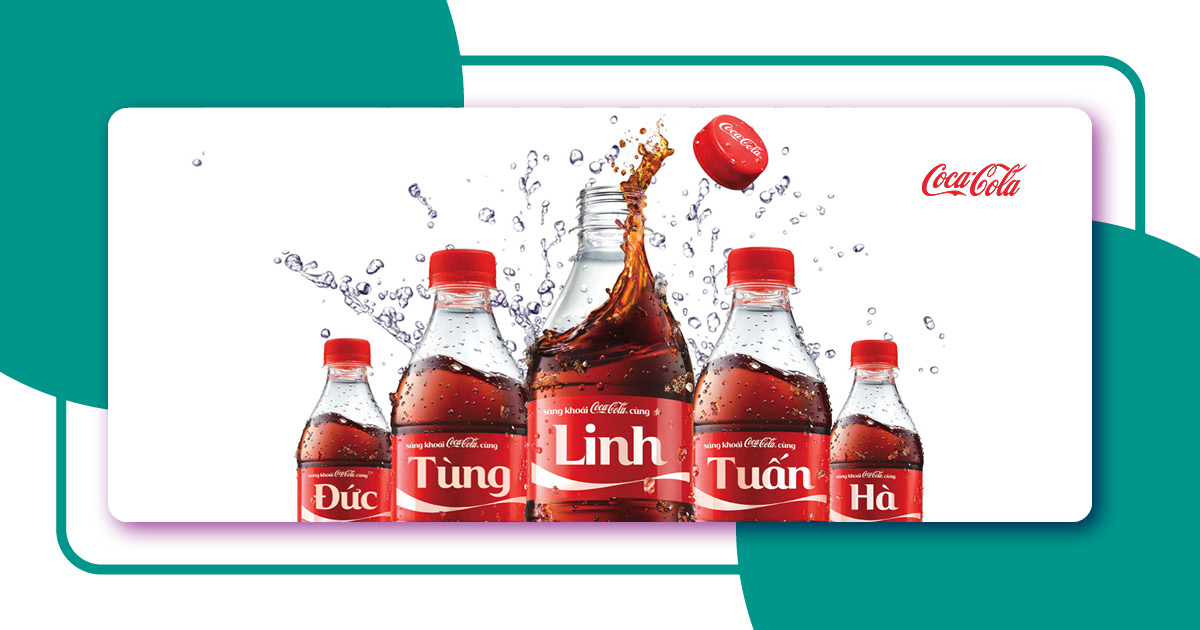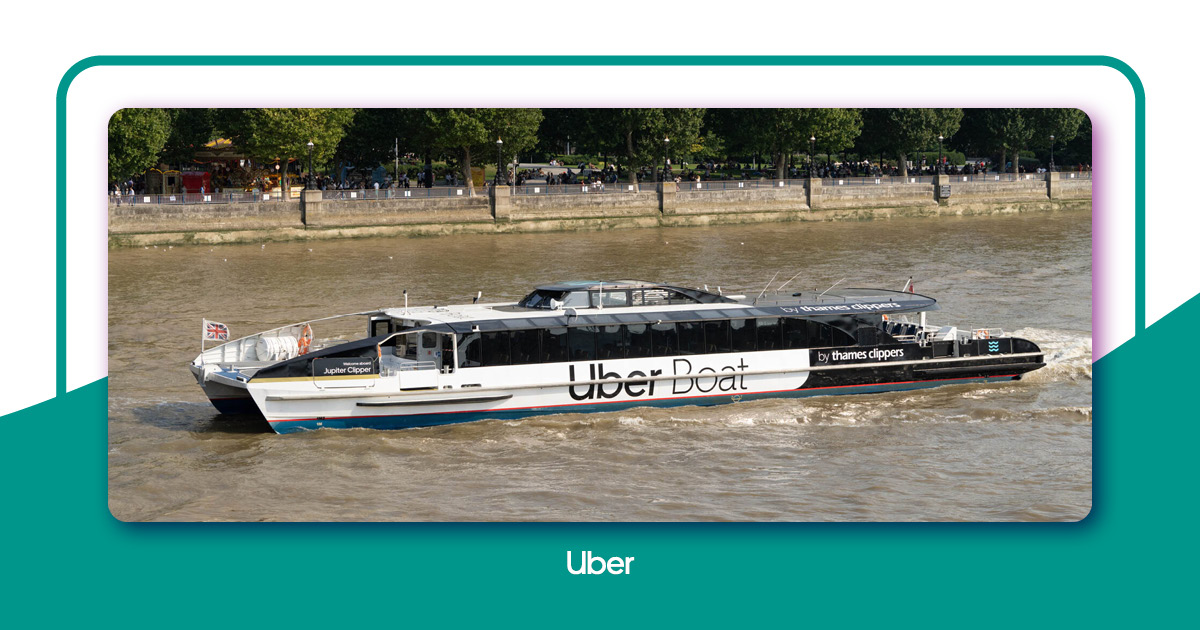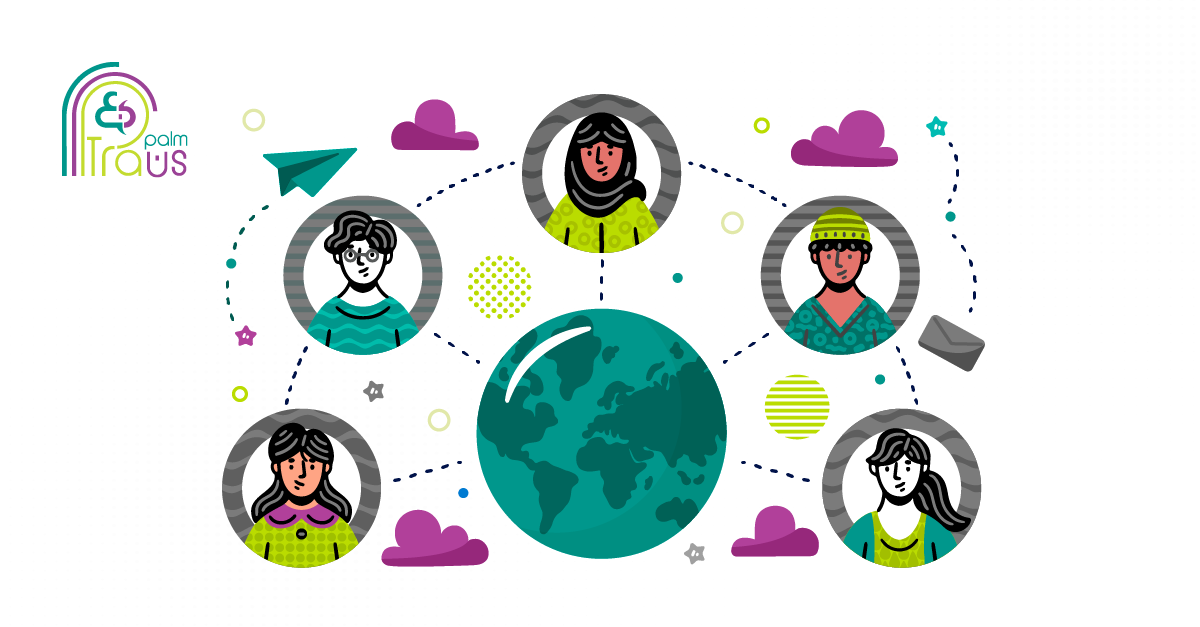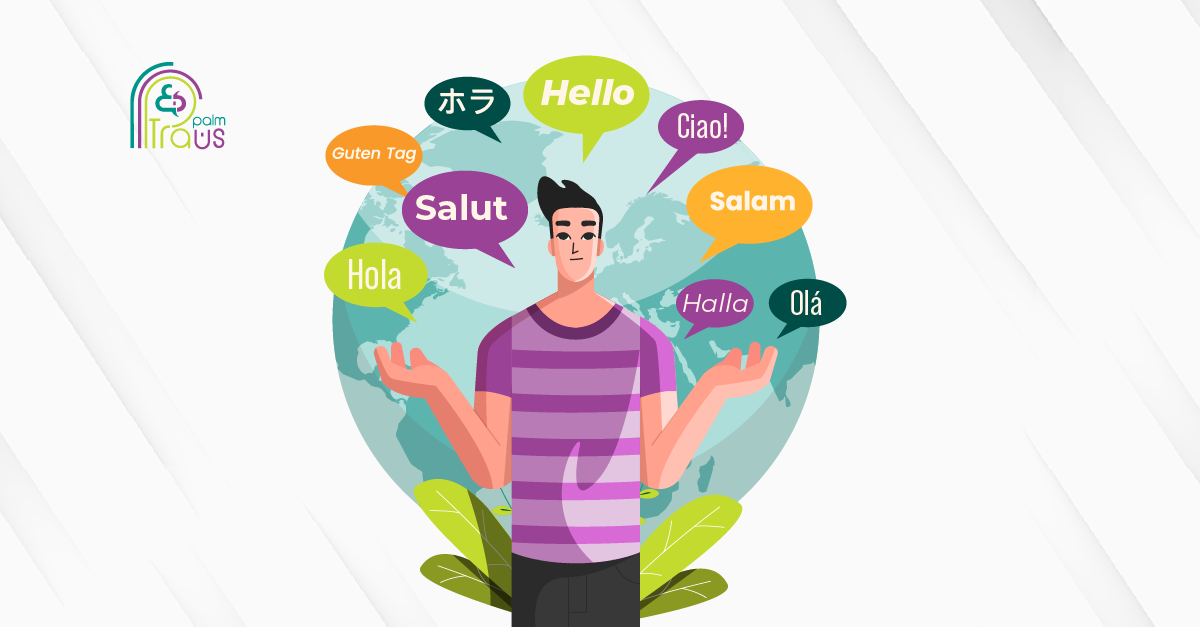As your business expands globally, developing an effective localization strategy becomes essential.
Localization goes beyond mere translation; it involves tailoring your software, website, marketing tactics, and communications to meet the unique cultural, linguistic, and geographic needs of each target market.
And since a well-crafted localization strategy is what your business needs to compete effectively on a global scale and fosters stronger connections with a diverse clientele, we have dedicated this blog to exploring what a localization strategy entails and why it’s crucial for your business.
We’ll also share success stories from global brands to help you choose the right localization strategy for your company.
What is a Localization Strategy?
A localization strategy is a detailed plan that businesses use to adapt their products, services, and communications to meet the cultural, linguistic, and regulatory requirements of different target markets.
Mainly, crafting a winning localization strategy must include the following aspects
- Tailoring content to reflect local customs, values, and traditions.
- Adjusting imagery, colors, and symbols to align with cultural preferences.
- Translating content accurately and contextually.
- Using local dialects and idioms to enhance relatability and understanding.
- Setting clear objectives and goals for entering new markets.
- Developing a timeline and budget for localization efforts.
We will go into more detail about these points in the sections below, so keep reading to find out more!
Why Your Business Needs a Localization Strategy
Before diving into the how-to, let’s explore the compelling “why” behind localization and how it can propel your business to new heights. Here are the main benefits of following a well-thought-out localization strategy.
Expanding Your Reach
Localization is your key to unlocking global markets and connecting with audiences on a deeper level. It helps your brand to appeal to more local audiences and greatly boosts worldwide reach and customer base.
As you adapt your brand to local cultures, you create a more welcoming and inclusive experience that attracts a wider range of customers and maximizes your business reach on a global scale.
Enhancing Customer Experience
Localization breaks language barriers and makes it effortless for customers to navigate your website, make purchases, and engage with your brand. No more abandoned shopping carts due to confusing translations!
So, with a well-planned localization strategy that considers all of these aspects of your customer’s journey with your brand, you offer your customers a genuine and unforgettable experience that feels truly local to them.
Building Brand Trust and Loyalty
When customers feel understood and valued, they’re more likely to stick around, leading to repeat purchases and increased lifetime value.
When customers can easily understand your product information, marketing materials, and support resources, it builds confidence and fosters a sense of trust in your brand. The more you provide a personalized user experience, the more your customers will return to purchase your products and use your services.
Boosting Revenue and ROI
While creating a positive customer experience is paramount, the ultimate goal of any business is to drive revenue and generate a strong return on investment (ROI). Expanding into new markets and reaching previously untapped customer segments opens up significant revenue opportunities.
Gaining a Competitive Edge
It sets your brand apart and gives you a competitive edge, allowing you to both outpace global players who haven’t prioritized localization and go head-to-head with local competitors by matching their cultural relevance.
In other words, it transforms your brand from a foreign entity into a familiar face, making it easier to foster stronger customer relationships and drive sustainable global growth in every target market.
Crafting a Successful Strategy: A Step-by-Step Guide
Now you understand the transformative power of localization. But diving in without a solid plan can lead to wasted resources and missed opportunities.
Think of localization as a strategic journey, not a spontaneous road trip. It demands careful planning, meticulous execution, and continuous optimization to reach your desired destination: global success. So, what should you do?
1. Define Your Global Goals and Objectives
Before jumping into the localization process, set your goals and objectives. In other words, define the reasons for creating a localization strategy for your business. It might be expanding into the global market, increasing your customer base, and raising international sales.
Defining the objectives of your localization plan will assist you in measuring the success of your localization approach and ensure that it supports the company’s overall goals.
2. Conduct Thorough Market Research
Effective localization requires a comprehensive understanding of your target market. Therefore, you should conduct profound research, considering local market trends, competitors, customer behavior, cultural preferences, economic conditions, language demographics, and even the regulatory framework.
3. Understand Your Target Audience
As part of your localization strategy, studying your target audience is important. For each target market, build a detailed customer persona that includes data on ages, genders, behaviors, motives, psychographics, cultural values, and purchasing habits.
Understanding these factors could help brands better customize their offerings and marketing tactics.
4. Choose Your Target Languages
People tend to engage more with individuals who communicate in their native language. So, you have to localize your content to the target language while considering the cost, linguistic complexity, and availability of professional translators.
5. Develop a Localization Plan
Localization is not just about translation; it’s about adapting an experience that resonates with your global audience. Start determining content types, budgets, timelines, products, services, and other elements like text, graphics, videos, and user interfaces for websites and applications that need to be localized.
6. Implement a Localized Marketing Strategy
Adjust your marketing approach to match their cultural nuances to reach local audiences. This means refining your content to fit local values and communication styles. It also involves selecting popular channels and media to boost engagement and make your message more relatable in the region.
Learning from Global Brands: Localization Success Stories
1- Coca-Cola
One prominent brand that successfully overcame cultural and linguistic gaps to reach a global audience was Coca-Cola. Do you remember the “#ShareACoke” campaign? It was among the best marketing campaigns of 2015 and the company’s entire history.
Their approach for localization was to print more than 250 well-known names from each country on Coca-Cola cans and bottles, encouraging customers to share their personalized bottles with their beloved family and friends.
Following its initial positive outcomes in Australia, where sales increased by 4%, it was featured in various countries differently. In the Arab world, for example, printing names like Yassin or Hamza.
Since relationships and connections are valuable in Indian culture, the brand had to recreate the campaign for the Indian market by replacing names with relationship titles like Ma, Bhai, My Teacher, and My Friend to resonate with the target audience.
Coca Cola, on the other hand, designed labels in 12 languages to represent India’s linguistic diversity, such as Hindi, English, Marathi, Gujarati, Malayalam, Assamese, Tamil, Kannada, Telugu, Oriya, Bengali, and Punjabi.
2- Uber
Uber is another example of a business that understands how to craft a localization strategy. You might think the brand is only for renting cars with drivers, but it also provides local markets with specific services. The company, for example, offers UberBOAT service in Egypt to sail the Nile river, whereas it presents UberAuto in India for rickshaws.
Japan has a close relationship with technology, gaining its footing in the industry. Therefore, as part of its localization strategy, Uber Eats collaborated with Mitsubishi Electric and Cartken to introduce autonomous sidewalk robots delivering food in Japan. They also merged artificial intelligence in robots to self-drive and function remotely.
3- Spotify
People are more likely to interact with platforms that speak their languages, and Spotify is an excellent case study of a successful localization strategy. Because there is no one-size-fits-all, Spotify adapts its visual images and application interfaces to different cultural norms and traditions.
Thus, localizing designs improves the user experience by having graphic elements that reflect specific symbols, local traditions, color themes, and important dates in the calendar.
For example, every year the platform celebrates cultural traditions and holidays in each region by offering curated playlists and festive images that make them feel a sense of belonging.
Build an Effective Brand Localization Strategy with TransPalm
With over 10 years of expertise, TransPalm is your flexible localization partner in more than 120 languages. At TransPalm, we provide you with high-quality translation, localization, transcription, desktop publishing, interpretation, machine translation, subtitling, post-editing, and international SEO services in more than 120 languages.
As an ISO-certified translation service provider, we have a team of translators who specialize in translating your marketing messages with accurate attention to linguistic aspects and cultural context.
Want to learn more about other services we offer? Would you like to collaborate and receive a quote? Contact us TODAY, and our experts will answer your questions.
Want to learn more about other services we offer? Would you like to collaborate and receive a quote? Contact us TODAY, and our experts will answer your questions.
Discuss Your Project with Our Experts.


